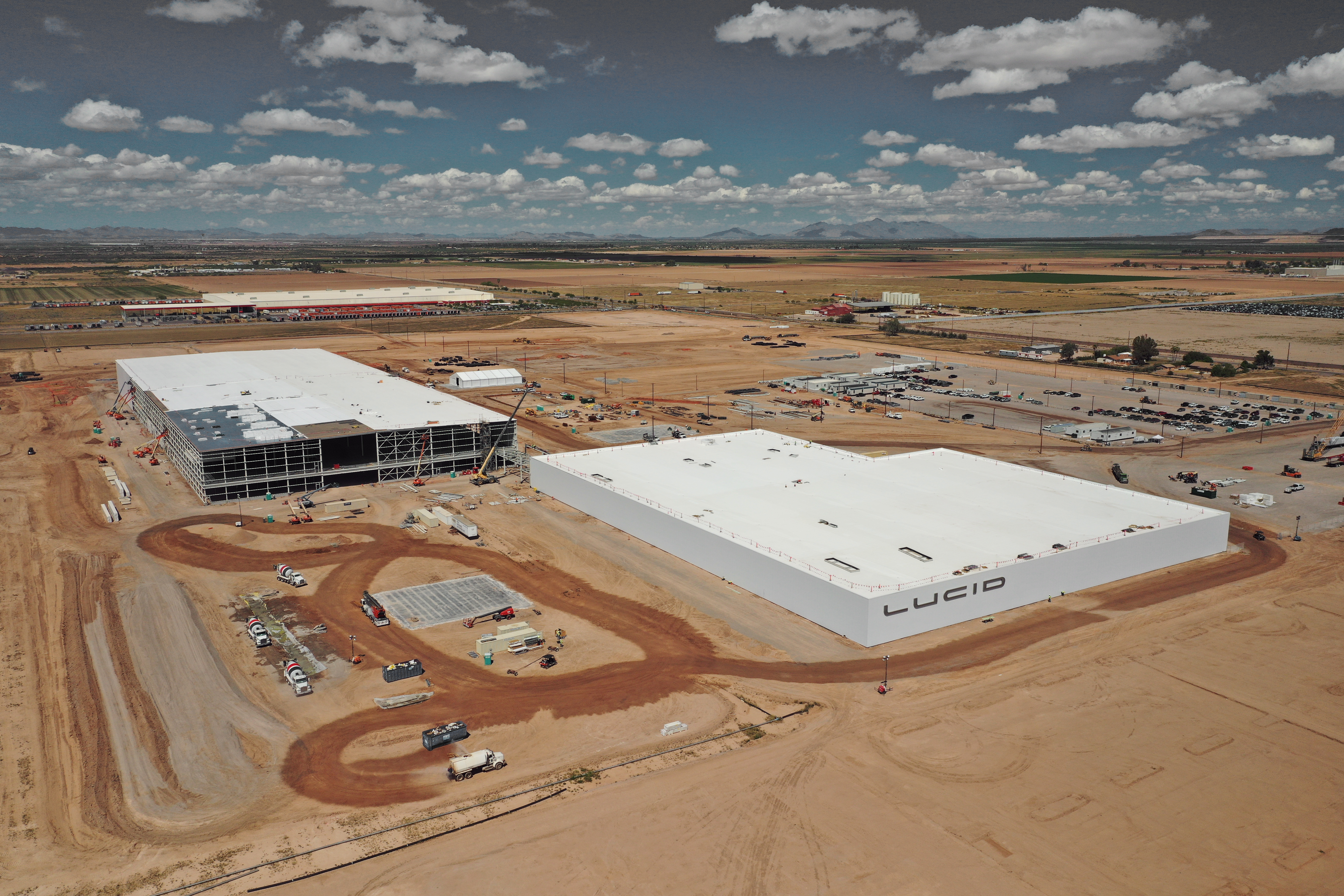The early-stage venture firm NFX is launching a seed-funding initiative today that invites founders to apply for seed funding of $1 million to $2 million in exchange for 15% of their company.
Why is this interesting? It’s not because of the size stake that NFX is taking, though 15% is notable for remaining fair in a market where founders are suddenly facing serious headwinds.
The special catch is that NFX says founders who apply will receive a commitment in nine days or less.
It’s a touch gimmicky. It’s also a smart stance for a firm to take so publicly, during what’s surely a trying period for founders who aren’t already connected to venture firms.
As we’re written before, the public markets have tanked, making it harder for the money behind venture capitalists to get excited about seeing more money funneled right now into highly illiquid startups.
As many VCs have noted in recent weeks, it’s also a challenge for them to adjust to a world without the face-to-face meetings on which they are so reliant. Neil Sequeira of Defy Capital, for example, recently told us his firm has been actively investing since early March, but he readily admitted that, “In every case when we’ve been able to move really quickly, we’ve actually known the founders for the most part for a decade.”
Ellie Wheeler, an investor with Greycroft, echoed the sentiment during a panel discussion last week, asking, “How do you mimic what you pick up from spending time together casually and formally [with a founder seeking capital]? I don’t think people have figured that out.”
Even with some taking to Twitter to advertise that they are, indeed, open for business, others say they’ve been busy in recent weeks, trying to find soft landings for, or extend the runway of, existing portfolio companies. (The startup industry has also been grappling with how to extract funding from the government’s $349 billion paycheck protection program.)
Enter NFX with a new initiative that firm swears it was going to roll out anyway but that’s timed especially for this very moment in time.
Here’s how it works. Last year, NFX — founded by James Currier, Pete Flint and Gigi Levy-Weiss, operators who’ve been involved, respectively, in the founding of the social network Tickle, the home buyers’ site Trulia, and the online travel site Lastminute.com — closed its second fund with $275 million.
It has since used that capital to fund between 15 and 20 companies per year. Now, NFX — which is based both in the Bay Area and in Israel, where Levy-Weiss lives — is carving out $20 million from that fund for this new enterprise, which will almost double its investing pace. “We’re really leaning into this environment,” said Flint yesterday from his home.
How it will invest that $20 million isn’t so unique to NFX, which, because of its own, distributed team, is accustomed to working with, and meeting founders, remotely.
As Currier explains it, “A lot of this is just carving out enough time to talk on Zoom with the founder about who they are, and how they think.” The firm also calls others who can talk about the individual’s strengths and weaknesses, and it talks with more of the startup’s team online, which Currier believes can be a richer and more informative experience than merely meeting with a founder who has flown up from L.A. or New York by himself or herself to pitch investors.
In fact, by Flint’s telling, VCs may soon discover that there are advantages to seeing a founder at home.
“Remote work from home has the consequence of getting to understand the full person — not just how they [present] at the office but how they spend their time and what their kids are doing,” he says. “You avoid this manufactured pitch process and you can have more authentic conversations about what they want to do with the next 10 years of their life. If a kids barges in, that’s just fine. It reduces the fundraising theater we [as an industry have] built up over the years.”
Unsurprisingly, some sophisticated software should also help the firm, which in the past has indexed heavily on internal platforms that help its portfolio companies (and thus the firm).
This time, says Currier, NFX has built something that makes it simple for founders to clearly and quickly convey information that’s often hard to pull out of a pitch meeting.
More specifically, they need only upload a deck (here), answer 12 questions, and record a one-minute video of themselves and their team.
After that, NFX promises feedback within three business days and a final investment decision within nine days.
Whether or not it leads to the Next Big Thing can only be answered in time. In the meantime, NFX may well see a lot of interesting ideas.
If they see some terrible business plans, too, presumably that’s also okay, given the goodwill the move is likely to generate.
“Other investors are pausing or saying they’re pausing,” says Flint. “But we’re increasing the rate at which we’re investing and putting structure around [our investments] and making it easier for founders to get money quickly.
“There are a ton of great founders out there and a ton of great ideas,” he continues. “We think it’s a great time to start or scale a company, and we want to be that partner right now.”



